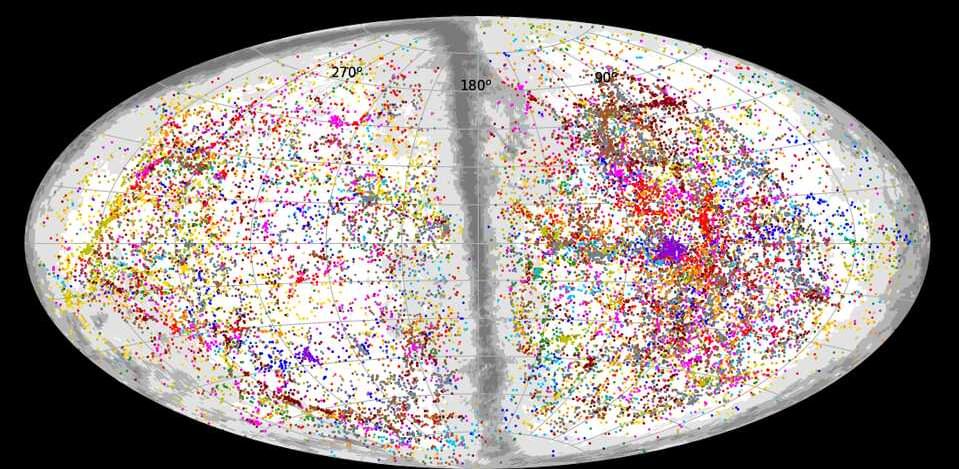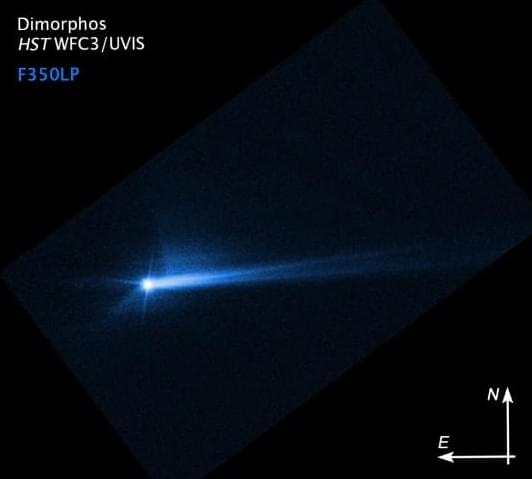“All bets are off if the nukes start flying,” Musk recently tweeted.
Elon Musk reportedly rejected a request from within Ukraine to extend SpaceX’s Starlink satellite internet coverage to Crimea, according to a newsletter from political analyst Ian Bremmer.
However, Musk has taken to Twitter after those reports were published and has cast doubt on their veracity by claiming that “nobody should trust Bremmer”.
Source: 1, 2
According to the newsletter, first reported by Vice, Musk also directly spoke to Russian President Vladimir Putin about the potential for nuclear escalation in relation to Crimea.






